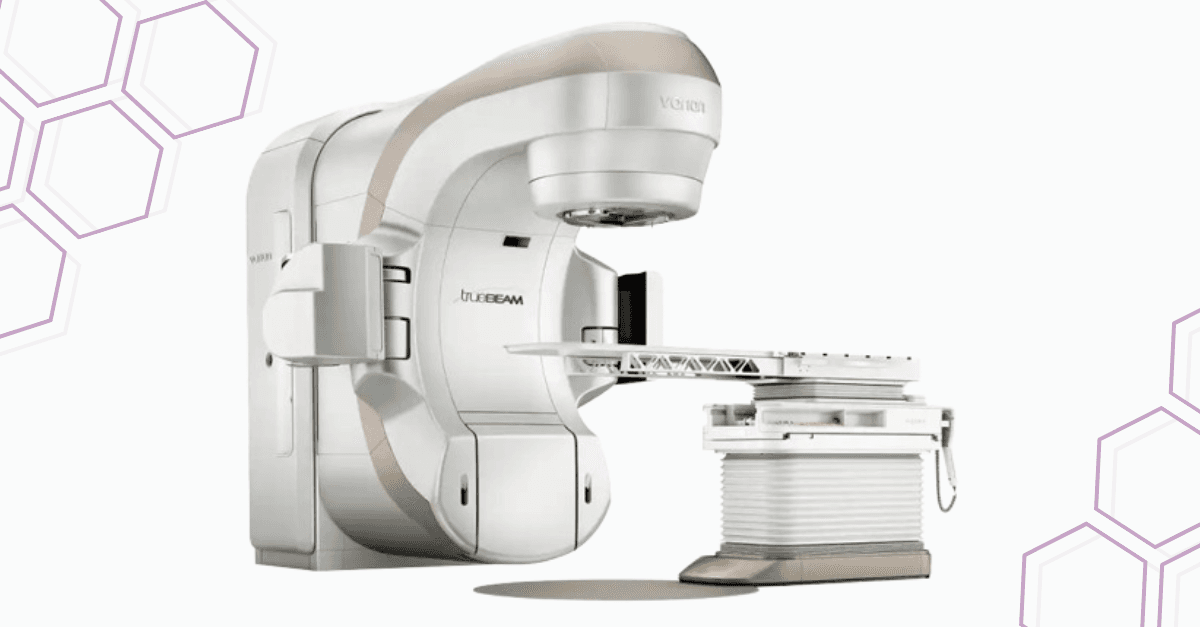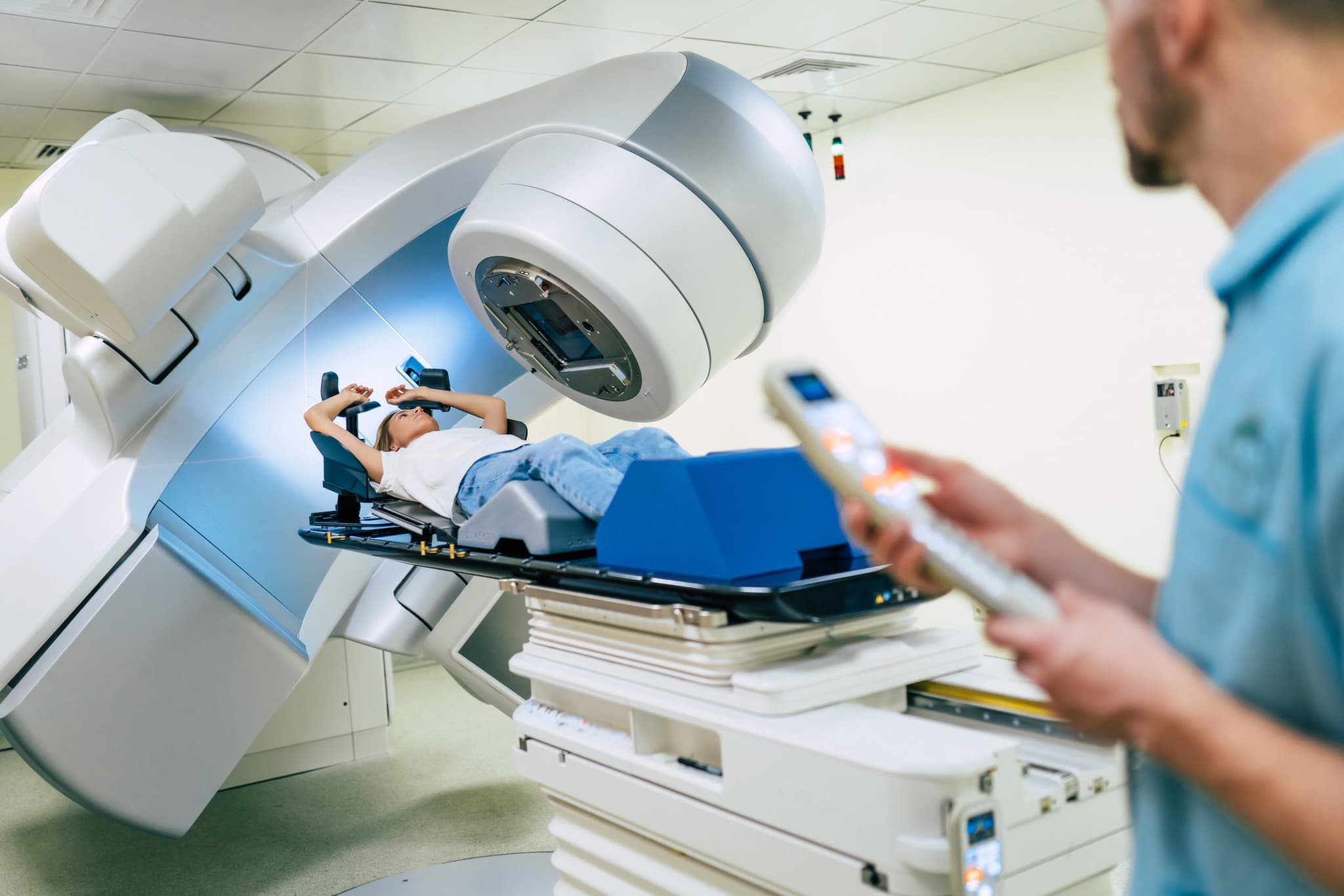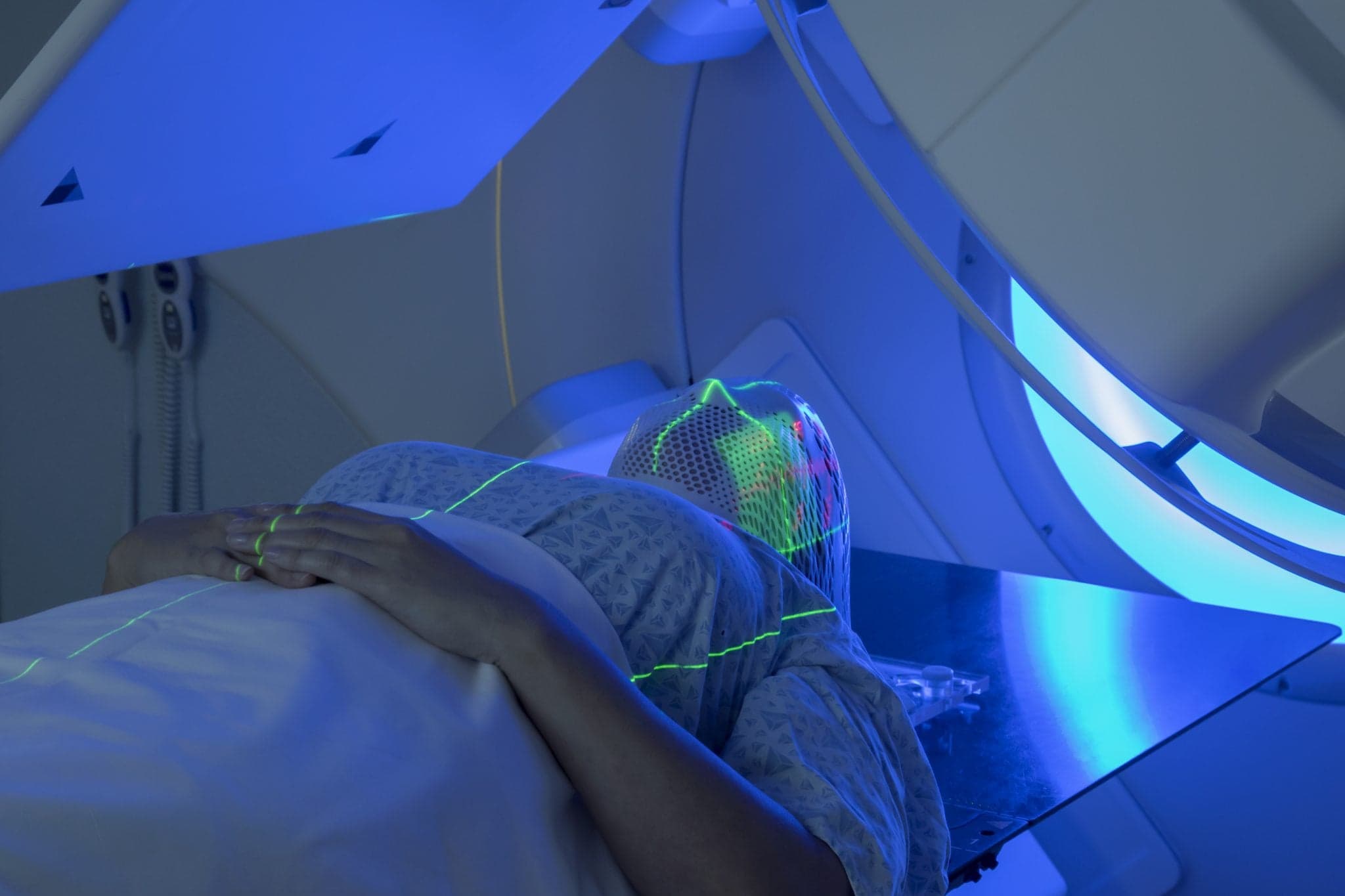
2023-12-14T12:12:37
How the Linear Accelerator is Transforming Radiation Therapy
- Radiation Oncology
![]() Medically reviewed by David Pratt MD.
Medically reviewed by David Pratt MD.
October 13, 2022 | Radiation Oncology
Specialties:Radiation Oncology

Although it has been around for about 50 years, Stereotactic Radiosurgery (SRS) generally hasn’t received the same recognition as other more well-known cancer treatments such as chemotherapy or surgery. In many instances it is the best option for patients, however, because it effectively targets and eradicates tumors with minimal impact to healthy surrounding tissue. Read on to learn more about SRS and why it may be the best choice for you or a loved one.
SRS is a type of radiation therapy that utilizes concentrated radiation beams to target and treat tumors in specific areas of the body. Despite the name, it is non-surgical and does not require an incision.
Dr. David Pratt is a radiation oncologist at Revere Health who sub-specializes in stereotactic radiosurgery. He said when he talks to his patients about radiation therapy, he generally breaks it down into two categories: conventional radiation and SRS.
“With conventional radiation, we are generally treating a region of the body, and the treatment field will encompass a significant amount of normal tissue that is at risk of side effects from radiation,” Dr. Pratt said. “When using a radiosurgical (SRS) technique, we focus very precisely on where the tumor is and work hard to minimize the radiation dose to normal tissues.”
He noted that conventional radiation generally takes 3 to 7 weeks of daily radiation treatments and delivers a small amount of radiation daily. With SRS, on the other hand, doctors typically deliver very large doses of radiation over just a couple of days, generally within one to five treatment sessions.
The advantages of radiosurgery are that it minimizes radiation exposure to normal tissues, and it shortens the number of days of treatment delivery. And because you are intensifying the amount of radiation received each day, the biggest advantage is that it can be much more effective in eradicating the tumor cells. – David Pratt, MD

SRS originated as a technique to treat tumors in the brain such as brain metastases, meningiomas, and acoustic neuromas. Tumors treated with SRS tend to be in small, concentrated areas. As techniques and technology have advanced, SRS has expanded to include the ability to treat tumors in other parts of the body, including early-stage lung cancers that are localized to one or two lesions. Doctors can also use SRS to treat isolated recurrences in lymph nodes close to where the tumor originated, or metastatic lesions in the bones, spine, lungs, or liver.
Treatment for cancer should be adjusted based on the risk of where the cancer is in the body, according to Dr. Pratt.
“Each treatment modality has its own strengths and benefits,” he said. “Surgery works very well in situations where there is one focus of tumor that can easily be removed. Chemotherapy addresses the opposite end of the spectrum where there may be disease, or risk of disease, in multiple areas throughout the body.”
Because chemotherapy impacts nearly every area of the body when it is infused into the blood, it can have dramatic side effects. Chemotherapy can affect (1) Bone marrow leading to low blood counts (2) The kidneys causing fluid retention or kidney failure (3) The liver causing nausea or bleeding disorders (4) The bowels causing nausea and diarrhea.
“But, if someone has cancer that is spread to all these areas then chemotherapy is generally the best option,” Dr. Pratt said. “One of the only downsides to radiosurgery is that I can only treat cancer areas that I can see. Chemotherapy, on the other hand, is often treating microscopic disease that we cannot see on a CT scan, MRI scan, or PET scan.”
Stereotactic radiosurgery really gives you the best of both worlds in that it is less toxic and more effective. – David Pratt, MD
There are many factors that go into determining if a patient is a good candidate for SRS. If a patient has between one and five sites of metastatic disease, SRS may be a good option to help ablate these areas rather than giving treatment to the entire body. The location of the tumors is also critical because that may limit how much radiation can be delivered, depending on what organ the tumor is located in or adjacent to.
“If you think you might be benefited from radiosurgery, it would be a good idea to meet with us in consultation to review your imaging and discuss what therapies may be most beneficial for you,” Dr. Pratt said. “One of the big advantages to a multidisciplinary approach to cancer treatment is that the physicians can coordinate together to determine what will be the most effective treatment for the patient in the current situation.”
Receiving SRS is a fairly simple process, according to Dr. Pratt. Prior to treatment, patients will undergo a planning session which consists of positioning them in a reproducible manner and performing a CT scan in that position. Here are a few other things to know:
Receiving radiation therapy treatment is similar to getting a chest x-ray or CT scan. There are no immediate side effects from the treatment and patients go home immediately after treatment is finished. – David Pratt, MD
Possible delayed side effects may include:
“Stereotactic radiosurgery is a powerful tool in our anticancer treatment armament because it eradicates tumors with a generally low risk of toxicity,” Dr. Pratt said. “It is not for every patient, but it is a valuable tool for many and can be part of a patient’s overall treatment strategy in consultation with their team of physicians.”
Revere Health offers SRS and other radiology services to treat many types of cancers. Click here for more information about the Radiation Oncology department.

WRITTEN BY:
Tom Betar
Tom Betar currently serves as Revere Health’s Communications Manager. Tom earned his bachelor’s degree in Communications from the University of Utah where he studied print journalism and marketing. Tom focuses on producing written content in a variety of formats and developing strategy for both internal and external communications at Revere Health. His professional work experience includes email marketing, social media management, news writing/reporting, and content creation. Outside of work, Tom enjoys traveling to his hometown of St. George as well as playing basketball and going to concerts/plays with his wife.

2023-12-14T12:12:37

2019-10-15T16:28:57

2017-05-04T09:41:06

2017-04-06T09:39:11
This information is not intended to replace the advice of a medical professional. You should always consult your doctor before making decisions about your health.